FUNDING CUTS IMPACT CT HUMANITIES: Help CT Humanities navigate recent funding cuts and continue our vital work across Connecticut. All donations made to CTH will be matched dollar-for-dollar up to $50,000. Donate today!
Now Viewing:
Hide Featured Image

Jacques and Therese Makowsky and the Development of the Cornish Game Hen
In 1950, the Makowskys crossed a white Cornish cock with a White Plymouth Rock hen to produce a small hybrid that they patented as the Rock Cornish Game Hen.
Read
Fuller Brush Tower Collapses – Today in History: March 31
On March 31, 1923, a 56,000-gallon water tank dropped through 4 concrete floors of the Fuller Brush Company Tower.
Read
Actress Gwen Reed Best Remembered for Dedication to Childhood Literacy
Gwen Reed was an actress and educational advocate who grew up in Hartford in the early 20th century.
Read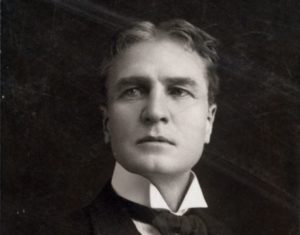
William Gillette’s Last Performance – Today in History: February 27
On February 27, 1936, William Gillette made his last appearance on any Connecticut stage at the Bushnell Memorial auditorium in Hartford.
Read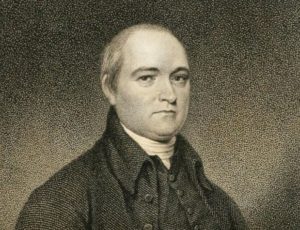
Timothy Dwight Dies – Today in History: January 11
On January 11, 1817, Timothy Dwight (theologian, educator, poet, and eighth president of Yale) died in New Haven, Connecticut.
Read
Ebenezer Tracy Made Some of the Finest 18th-Century Furniture
Ebenezer Tracy was a carpenter from Lisbon, Connecticut, who specialized in making fine, hand-crafted furniture.
Read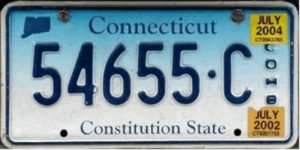
Creative License, or Fundamental Fact?
In 1973, the state legislature mandated that Connecticut’s license plates should display the state slogan “Constitution State.”
Read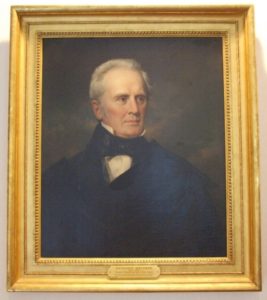
Benjamin Silliman and the Collection That Inspired the Yale Peabody Museum
Benjamin Silliman published the first American study of a meteor—having acquired access to one that fell near the town of Weston.
Read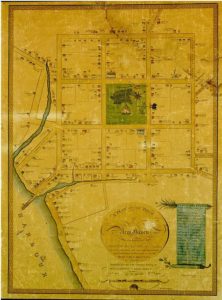
Why Was New Haven Divided into Nine Squares?
The layout of New Haven’s nine-square grid, though not the plan itself, is attributed to the original settlers’ surveyor, John Brockett.
Read
Mohegan Federal Recognition
“We are no longer the little old tribe that lives upon the hill. We are now the Nation that lives upon the hill.”
Read
Henry Deming: Mayor of Hartford and New Orleans
Henry Deming served as mayor of Hartford and then as the provisional mayor of New Orleans during the Civil War before writing a biography of Ulysses S. Grant.
Read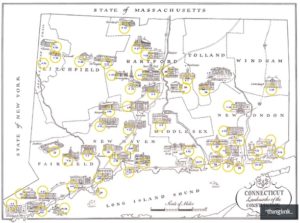
Map – Connecticut Landmarks of the Constitution
A map of some of the Connecticut Landmarks of the Constitution researched and published by the Connecticut Trust for Historic Preservation.
Read
Killingworth’s Automated Attraction – Who Knew?
In the 1890s Clark Coe created an attraction of life-sized moving figures called the Killingworth Images on his farm on Green Hill Road.
Read
A Remarkable Signature – Who Knew?
Roger Sherman, Connecticut merchant, lawyer, and statesman, was the only person to sign all four documents of the American Revolution.
Read
Humble Beginnings of the Dow Jones: How a Sterling Farmer Became the Toast of Wall Street
The life of Charles Dow, in many respects, follows the storyline of the prototypical self-made man.
Read
Mounds Candy Bar Involved in Espionage – Who Knew?
A storied Naugatuck business had its own “navy” and that it performed espionage services for the United States government during World War II.
Read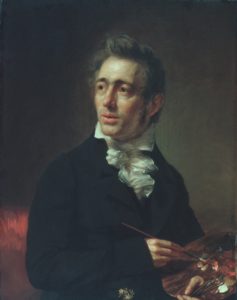
Samuel Waldo Born – Today in History: April 6
Samuel Lovett Waldo was an early 19th-century portrait artist who worked among such famous colleagues as John Trumbull, Benjamin West, and John Singleton Copley.
Read
Benjamin Silliman and Soda Water – Who Knew?
Yale’s first professor of chemistry, Benjamin Silliman, was also the first American to produce soda water in bulk.
Read
The Story Trail of Voices
Mohegan history and religion have been preserved by many different voices in many different families through Mohegan Oral Tradition. However, since before the American Revolution, four women in particular have passed on Mohegan stories.
Read
A Voice for Veterans: A Civil War era ‘Whistle-Blower’ – Who Knew?
Her obituary stated that “Mrs. Ambler was always expected to say something” on behalf of those who had fought for the Union.
Read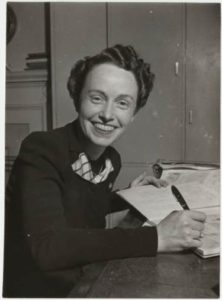
Providing Bundles for Britain and News for America
Janet Huntington Brewster Murrow was a Middletown native who grew up to be one of America’s most trusted news correspondents, philanthropists, and the wife of Edward R. Murrow.
Read
James Mars’ Words Illuminate the Cruelty of Slavery in New England
Mars’ landmark memoir of the mid-1800s reveals how enslaved men and women suffered—and resisted—the injustices of bondage.
Read
History in a Heart
A set of old Valentine’s Day cards, kept safe in a cloth-covered scrapbook, provide a look back at the sometimes humorous art of expressing heartfelt sentiments.
Read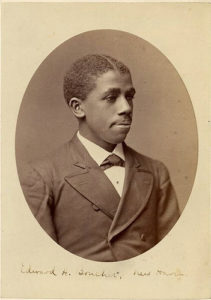
Edward Alexander Bouchet: The First African American to Earn a PhD from an American University
Edward Alexander Bouchet was a physicist who was among Yale’s first African American students, and reportedly became the first African American in the United States to earn a PhD.
Read
Uriah Tracy Authors the Rules for Impeachment
Uriah Tracy was an attorney and politician who took up arms against the British after the Battles of Lexington and Concord.
Read
William Douglas: A Colonial Hero’s Sacrifice
William Douglas was a successful merchant and military leader who settled in North Branford just prior to the Revolutionary War.
Read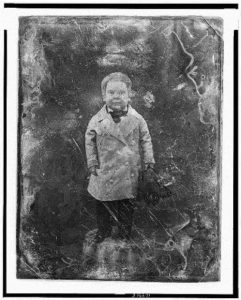
“Tom Thumb” Born – Today in History: January 4
Charles Stratton, born in Bridgeport on January 4, 1838, toured the world with P. T. Barnum under the name, General Tom Thumb.
Read
Skating Through Winter
By the 1850s, better-designed skates and interest in healthful outdoor activities made ice skating an increasingly popular leisure activity.
Read
Chief G’tinemong/Ralph W. Sturges
This Mohegan Chief is remembered for successfully guiding the Tribe through the final stages of Federal Recognition, which it obtained in 1994.
Read
Waterbury Clock Company Saved by Mickey Mouse – Who Knew?
The Ingersoll Waterbury Company (now Timex) was saved from bankruptcy during the Great Depression, in part, by the introduction of the Mickey Mouse watch.
Read
Elihu Burritt Born – Today in History: December 8
On December 8, 1810, Elihu Burritt was born in New Britain, Connecticut, to a farming family and became a leading pacifist of his time.
Read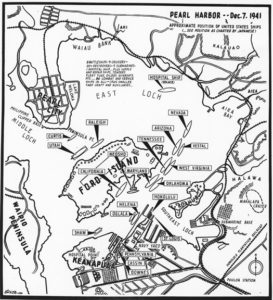
Reporting News of Pearl Harbor – Today in History: December 7
On December 7, 1941, Mansfield resident and UConn history professor Andre Schenker took to the airwaves to report on the attack on Pearl Harbor.
Read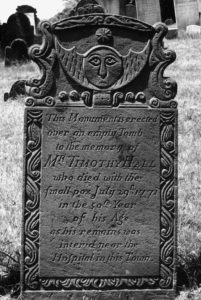
The Pest House Completed – Today in History: December 4
On December 4, 1760, the town of Durham announced the completion of their hospital house, precipitated by an outbreak of smallpox the year before.
Read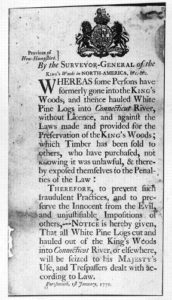
The White Pine Acts – Who Knew?
The British government made it illegal for colonials to cut down white pine trees over 24 inches in diameter—preserving the trees for use as masts on British naval ships.
Read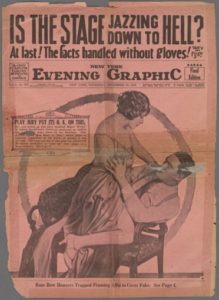
Emile Gauvreau and the Era of Tabloid Journalism
Emile Gauvreau, former managing editor of the Hartford Courant, became a pioneer in the rise of tabloid journalism.
Read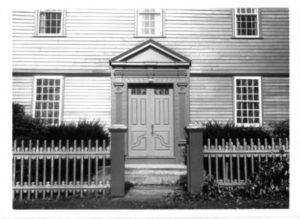
Daniel Curtiss: The Life of a 19th-Century Self-Made Man
Daniel Curtiss spent most of his life in Woodbury, thriving in business, pioneering the sale and distribution of commercial goods, and serving his town by holding political office.
Read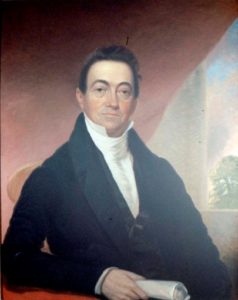
Samuel Foot: A Trader Turned Governor
Samuel Foot was a West India trader from Cheshire, Connecticut, who went on to a successful career in politics in the US Congress.
Read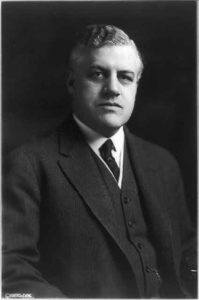
The “Red Scare” in Connecticut
The Palmer Raids, launched in Connecticut in 1919, were part of the “Red Scare” paranoia that resulted in numerous civil rights violations committed by law enforcement officials.
Read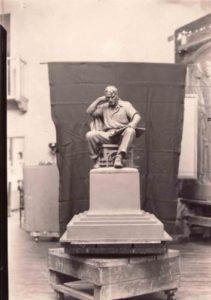
Evelyn Beatrice Longman Commemorates the Working Class
“Industry,” also known as “The Craftsman,” by Evelyn Longman, resides in Hartford and is a celebration of the working class and their contribution to society.
Read
The Child’s Picture Defining and Reading Book by Thomas Hopkins Gallaudet
Thomas Hopkins Gallaudet The Child’s Picture Defining and Reading Book in 1830 while the principal of the American School for the Deaf in Hartford.
Read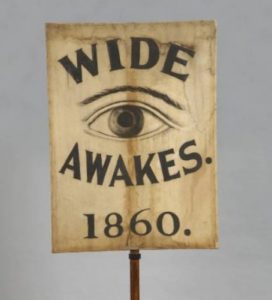
Hartford Wide-Awakes – Today in History: July 26
On July 26, 1860, the Hartford Wide-Awakes welcomed the Newark, New Jersey, Wide-Awakes to a banquet and ratification meeting at Hartford’s City Hall.
Read
Mohegan Sacred Sites: Moshup’s Rock
Every nation has a spirit. The Mohegan Spirit moves and breathes within the very rocks and trees of the Mohegan Homeland in Uncasville, Connecticut.
Read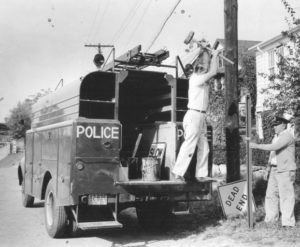
Greenwich Emergency Responders: On the Move Overtime
Horses, motorcycles, and boats are just a few of the modes of transportation that town emergency personnel have used over the years to get to where they’re needed.
Read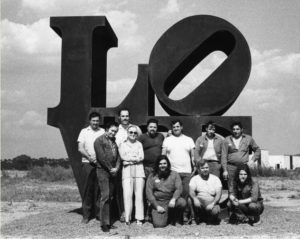
North Haven: Fabricating Sculpture in the 1960s and 1970s
Lippincott, Inc., in North Haven, was one of the most highly respected fine-arts metal fabricators in the country in the second half of the 20th century.
Read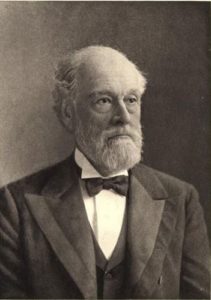
The Platt Amendment – Today in History: June 12
Orville Platt from Meriden presented the Platt Amendment to Congress in 1901. It essentially made Cuba an American protectorate.
Read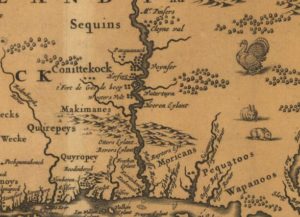
Timeline: Settlement of the Colony of Connecticut
A timeline displaying the major events leading to Connecticut statehood, including its settlement by the Dutch, the origins of Hartford, Wethersfield, and Windsor, the founding of the Connecticut, New Haven, and Saybrook colonies, and Connecticut’s acquisition of a formal charter from England.
Read
The Inventive Minds of Connecticut Women: Patents in the 19th Century
Between 1790 and 1930, Connecticut residents were issued the most patents in the US per capita, many of them inventions by women.
Read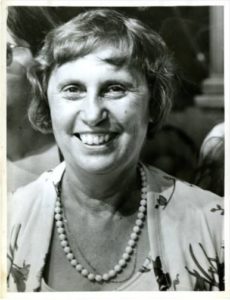
First Woman Elected as US State Governor Born – Today in History: May 10
On May 10, 1919, Ella Grasso, née Ella Rosa Giovanna Oliva Tambussi, the first woman governor in the US to be elected “in her own right,” was born in Windsor Locks.
Read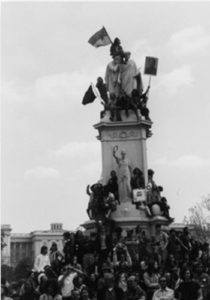
Vietnam Veterans Against the War – Today in History: April 19
On April 19, 1971, Vietnam veterans groups from Hartford, New Haven, and Stamford joined demonstrations in Washington, DC.
Read
Litchfield’s Revolutionary War Soldiers’ Tree
In 1902, the Daughters of the American Revolution celebrated Arbor Day by planting a tree on the Litchfield Green to commemorate the town’s Revolutionary War soldiers.
Read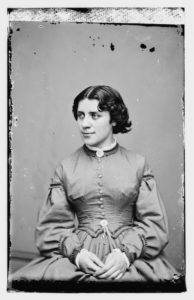
Anna Elizabeth Dickinson at Touro Hall – Today in History: March 24
On March 24, 1863, Anna Elizabeth Dickinson, a 20-year-old Quaker and abolitionist from Pennsylvania, spoke at Hartford’s Touro Hall.
Read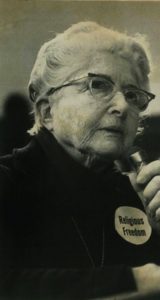
Hilda Crosby Standish, Early Proponent of Women’s Reproductive Health
A pioneer of sex education and family planning, this physician directed the state’s first birth control clinic in 1935.
Read
The Telescoping Fishing Rod – Today in History: March 8
On March 8, 1887, Everett Horton, a Bristol mechanic, patented a fishing rod of telescoping steel tubes.
Read
Elihu Burritt Dies – Today in History: March 6
On March 6, 1879, Elihu Burritt “the learned blacksmith” died in New Britain.
Read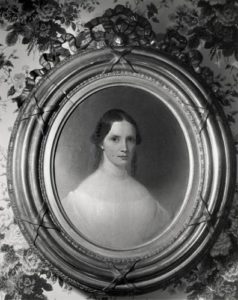
Looking Back: Tempest Tossed, the Story of Isabella Beecher Hooker
Isabella Beecher was a suffragist and spiritualist who shunned traditional female roles while alienating large parts of her family during her brother’s adultery scandal.
Read
One-Legged Stools – Who Knew?
Hazard Powder Company employees sat on one-legged stools to keep them from falling asleep while working with dangerous materials.
Read
Dr. E. Irene Boardman Never Stopped Serving the Public
Having suffered from polio as a child, Emma Irene Boardman found her calling in relieving the pain of others.
Read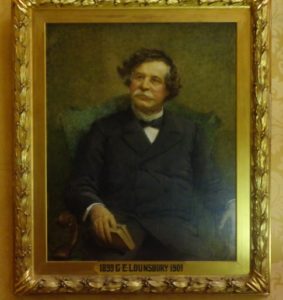
Lounsbury Elected Governor – Today in History: January 4
On January 4th 1899, George Edward Lounsbury was elected the 58th Governor of Connecticut, for which he served roughly three years.
Read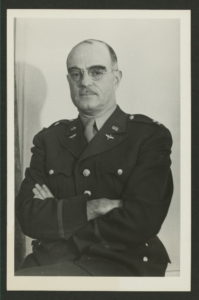
Hamden’s Literary Legend
Thornton Wilder, author of such renowned works as Our Town, The Matchmaker, and The Bridge of San Luis Rey, lived in Hamden for much of his life.
Read
A Connecticut Nazi Spy Has a Change of Heart
A Connecticut-born Nazi spy, William Colepaugh, had a change of heart and turned himself in to the FBI on December 26, 1944.
Read
New Haven: What Was Everyday Life Like During the Civil War?
A great primary resource for digging into a community’s everyday life is a city directory.
Read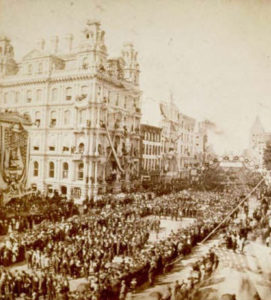
A Day of Celebration – Today in History: September 17
September 17, 1879 was a day of celebration in the City of Hartford when more than 100,000 people came to the city to celebrate Battle Flag Day.
Read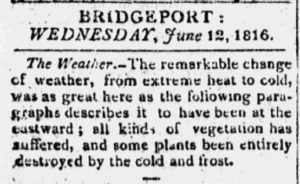
Eighteen-hundred-and-froze-to-death: 1816, The Year Without a Summer
Sunspots and volcanic eruptions led to cooler than normal temperatures in the summer of 1816.
Read
The Hartford Wits
Eventually taking the name the “Hartford Wits,” influential figures of the 18th century got together to write poetry that documented the state of the times.
Read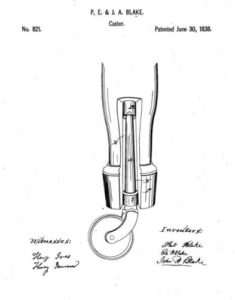
Furniture Caster Patented – Today in History: June 30
On June 30, 1838, the US patent No. 821—the first for a furniture caster—was granted to the Blake Brothers of New Haven.
Read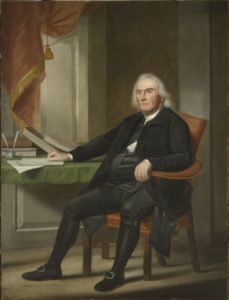
Dark Day – Today in History: May 19
On May 19, 1780, a strange darkness fell over much of New England. The darkness that enveloped Connecticut remained there for a day and a half.
Read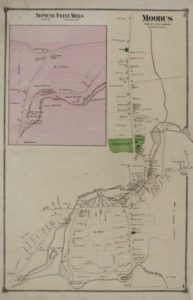
Largest Earthquake in Connecticut – Today in History: May 16
On May 16, 1791, the largest earthquake to shake Connecticut took place in Moodus, an area known for earthquake activity.
Read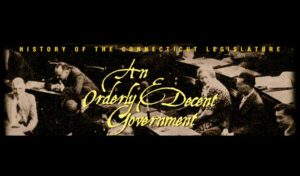
An Orderly and Decent Government
An Orderly and Decent Government is an exhibition on the history of representative government in Connecticut developed by the CT Humanities in April 2000.
Read
A Real Connecticut Yankee’s Baseball Career Cut Short
An up-and-coming baseball star discovered playing on the lots of Collinsville, Danny Hoffman played in the majors before joining the New York Yankees.
Read
Connecticut: Home to the Boxcar Children Mysteries – Who Knew?
…that Gertrude Chandler Warner, a lifelong resident of Putnam, Connecticut, authored the popular series The Boxcar Children Mysteries?
Read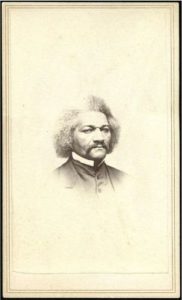
Speaking under the Open Sky: Frederick Douglass in Connecticut
The famous abolitionist Frederick Douglass had several connections to Connecticut, including run-ins with a number of the state’s vocal slavery proponents.
Read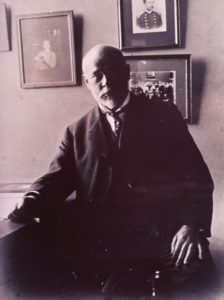
The Innumerable Accolades Afforded Dr. William H. Welch
Trained at Yale, William Welch was a native of Norfolk, Connecticut, and one of the most celebrated physicians of his time.
Read
Freighter Worcester Launched – Today in History: April 5
On April 5, 1919, the freighter Worcester was launched in Groton in support of the war effort for the Emergency Fleet Corporation of the US Shipping Board.
Read
Forgotten Founder: John Davenport of New Haven
John Davenport, the founder of New Haven, was a prominent Puritan leader during the early years of the New England colonies.
Read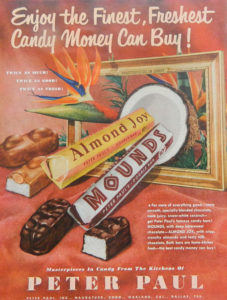
A Candy Bar Empire in Naugatuck
Almond Joy and Mounds were two of the most popular candy bars sold by Naugatuck’s Peter Paul Manufacturing Company, an enterprise begun by Armenian immigrant Peter Halajian.
Read
Leatherman Dies – Today in History: March 20
On March 20, 1889, the Old Leatherman, so called for the clothing that he fashioned for himself, is thought to have died.
Read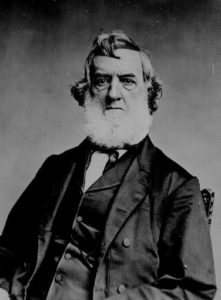
Gideon Welles Appointed Lincoln’s Secretary of the Navy – Today in History: March 7
On March 7, 1861 Gideon Welles was officially appointed into Abraham Lincoln’s cabinet as Secretary of the Navy.
Read
Charles McLean Andrews and Evangeline Walker Andrews
Charles McLean Andrews was one of the most distinguished historians of his time, generally recognized as the master of American colonial history.
Read
Noble Jerome’s Clock Patent Model
Noble Jerome submitted this clock patent model to the US Patent Office along with his patent application in 1839, a common requirement up until the 1880s.
Read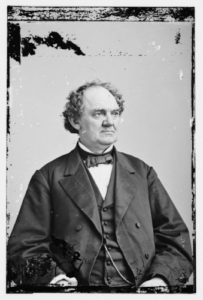
P. T. Barnum Dies – Today in History: April 7
On April 7, 1891, the showman and entertainer, P. T. (Phineas Taylor) Barnum died in Bridgeport.
Read
Waterbury Tornado – Today in History: May 24
On May 24, 1962, a tornado hit the towns of Waterbury, Wolcott, and Southington.
Read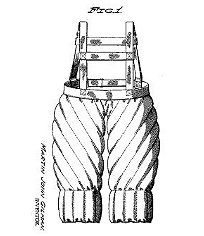
Connecticut Patents
From the time the federal government first began issuing patents in 1790, Connecticut was a national leader in patenting its abundant innovations.
Read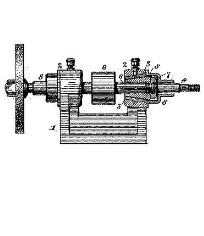
[Archived] Patents – Bloomfield’s Inventive Minds
From the time the federal government first began issuing patents in 1790, Connecticut was a national leader in patenting its abundant innovations.
Read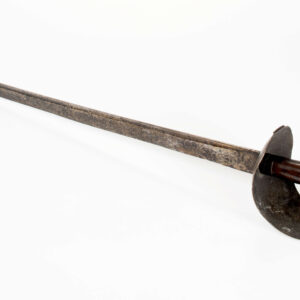
Middletown’s Nathan Starr Supplied Cutlasses for the War of 1812
On May 18, 1808, the Navy Agent Joseph Hull of New London negotiated a contract with Nathan Starr of Middletown for 2,000 cutlasses.
Read
Charles Goodyear and the Vulcanization of Rubber
Obsessive dedication transformed rubber into a viable commercial material and made the town of Naugatuck one of its leading manufacturing sites in the 1800s.
Read
Free Speech for Some – Who Knew?
In 1939, 150 years after the original passage, Connecticut finally ratified the US Bill of Rights, guaranteeing workers the right to free speech.
Read
Civil War Monuments and Memorials in and Around the State Capitol
Monuments and memorials from the Civil War era in and around the state capitol in Hartford, Connecticut.
Read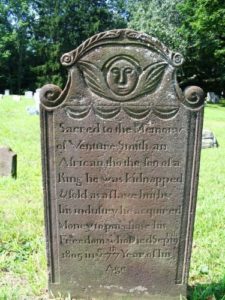
Venture Smith, from Slavery to Freedom
Smith’s account sheds light on the experience of enslaved and free blacks in 18th-century Connecticut.
Read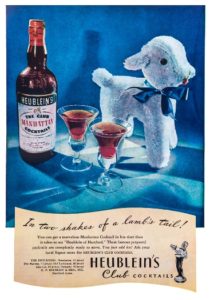
Just Pour Over Ice – Who Knew?
The Heublein Restaurant served its thirsty customers pre-mixed cocktails that became so wildly popular they had to build a distillery just to meet demand.
Read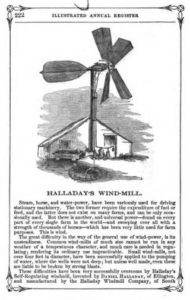
Halladay’s Revolutionary Windmill – Today in History: August 29
On August 29, 1854, Daniel Halladay a machinist, inventor, and businessman patented the first commercially viable windmill—Halladay’s Self-Governing Windmill.
Read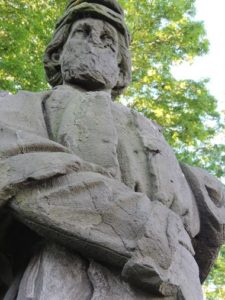
The Forlorn Soldier Statue
The Forlorn Soldier statue survived years of neglect, punishing weather, and efforts to tear it down.
Read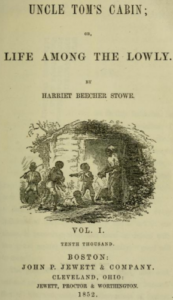
Uncle Tom’s Cabin Begins Serialization – Today in History: June 5
On June 5, 1851, the first chapter of what became the landmark novel Uncle Tom’s Cabin appeared in the National Era, an anti-slavery newspaper in Washington, DC.
Read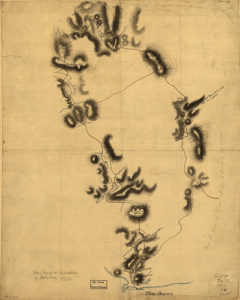
The British Attack Danbury – Today in History: April 25
On April 25, 1777, British forces land at the mouth of the Saugatuck River with plans to attack Danbury.
Read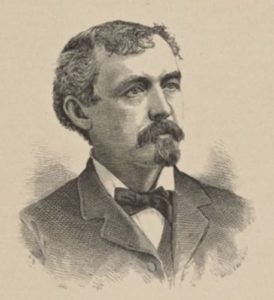
William Edgar Simonds: A Schoolteacher Turned Civil War Hero
Originally a teacher, William Edgar Simonds’ service during the Civil War launched Simonds into a life of politics and international acclaim.
Read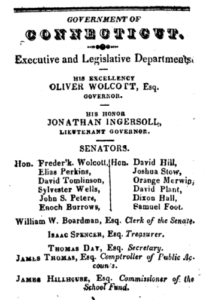
Elias Perkins: One of Lisbon’s Most Accomplished Public Servants
Elias Perkins’s career in public service lasted nearly half a century and made him a popular figure both locally and nationally.
Read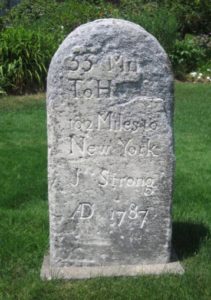
Hidden Nearby: Jedediah Strong’s Milestone
The Litchfield man behind this colonial-era mile marker led an accomplished but, ultimately, tragic life.
Read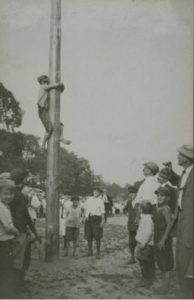
Labor Day at the Turn of the 20th Century
In February of 1889, the Connecticut General Assembly passed a bill making the first Monday of each September a legal holiday.
ReadMore Articles




